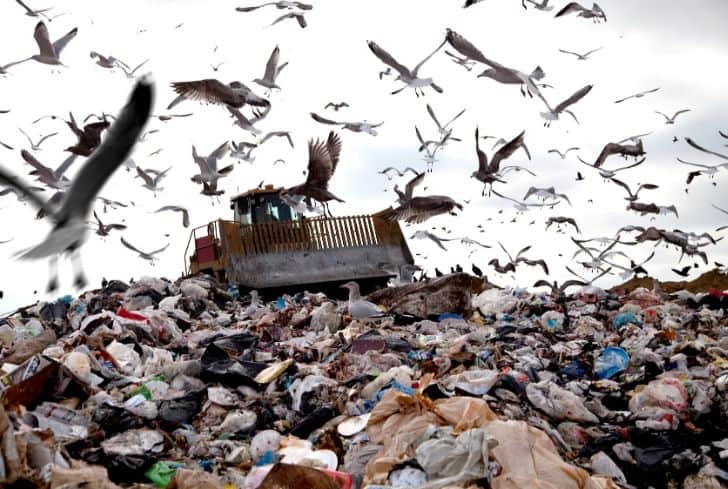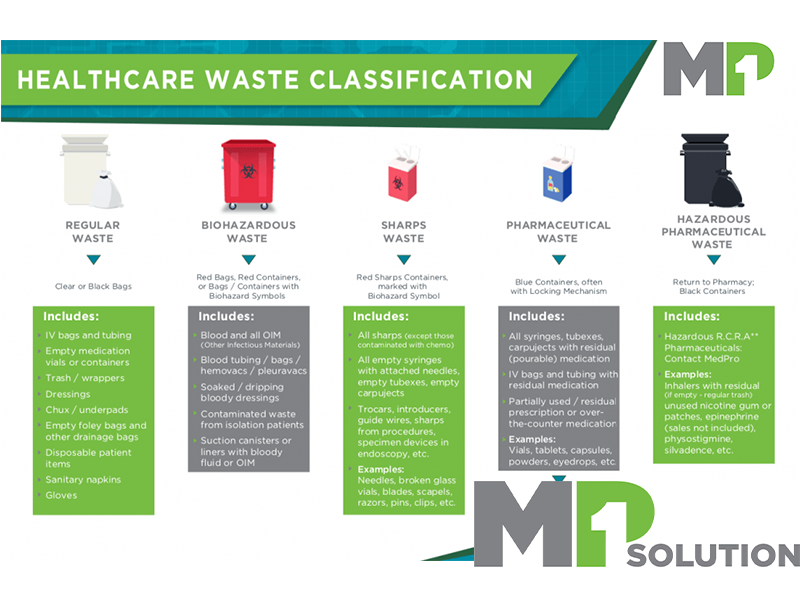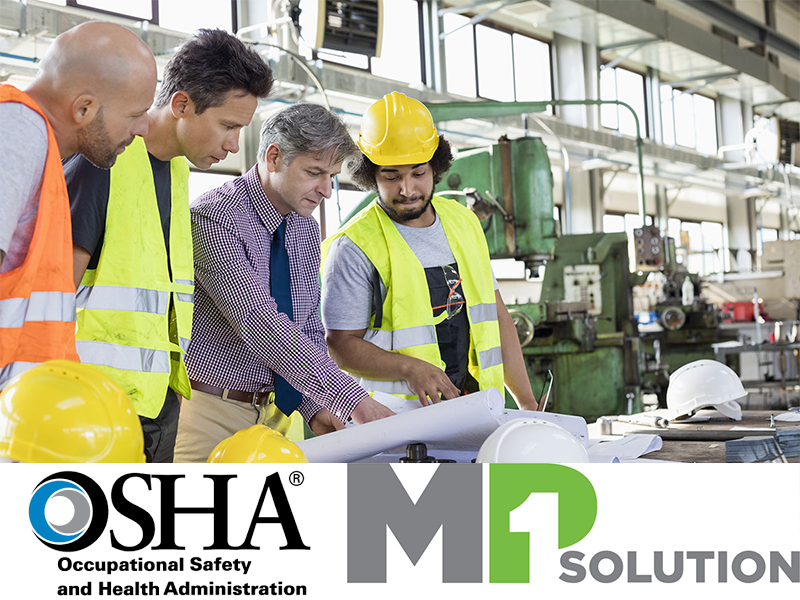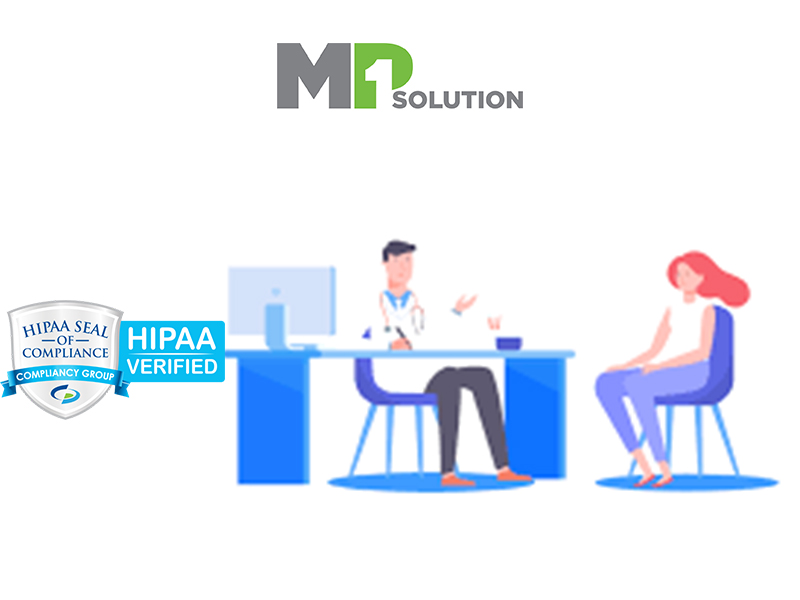Facing the World’s Most Pressing Environmental Concerns

The rising sea levels, raging hurricanes, and extreme temperature changes that the Earth is experiencing are all evidence of a deteriorating environment. The effects of climate change have been far-reaching and severe enough to demand attention from all.
In the past decade alone, the planet has gone through some of its hottest years with record-breaking temperatures. As of 2019, four of the largest wildfires in California’s history occurred while six different Category 5 hurricanes hit the Atlantic region.
The Arctic sea ice cover dropped about 13% due to the shrinking and melting of ice glaciers. In the United States, there were at least 115 climate disasters that caused over $1 billion each in damages from 2010 to 2019.
The consequences of this climate crisis affect everyone on a regular basis. The National Aeronautics and Space Administration (NASA) enumerates the following changes:
- More droughts and heat waves occurring throughout the year, complicating the livelihood and living conditions of many.
- North Atlantic hurricanes will continue to increase in terms of frequency, duration, and intensity.
- Increased flooding in several parts of the world due to the rising sea level.
Another effect of climate change that is quickly growing in relevance is the threat to public health. The well-being of people and animals alike are generally in danger when living in a deteriorating environment. Poor air quality and unclean water are some examples of environmental issues that also impact public health.
Another issue that significantly intersects with both the environment and public health is the matter of waste management.
According to the United States Environmental Protection Agency, solid waste is inherently linked to climate change by virtue of greenhouse gas emissions. The manufacturing, distribution, and use of products along with the management of its consequential waste are all processes that result in greenhouse gases.
The proper disposal of solid waste impacts public health in terms of sanitation and safety. Waste that is not managed correctly could become health hazards by releasing toxins or spreading infectious diseases. Medical waste, in particular, poses a serious danger to public health when mishandled.
However, these risks to public health are mitigated by federal and state policies that enforce standards on solid waste disposal (including medical waste) and healthcare practices in the workplace. The stringent protocols of medical waste management ensure it is appropriately handled while OSHA and HIPAA compliance safeguards individual safety and protection.
Medical Waste Management

Medical waste is typically defined as any kind of waste that contains infectious or potentially infectious material. The United States Environmental Protection Agency (EPA) defines it as waste generated over the course of medical research, diagnosis, treatment, testing, or immunization of either humans or animals.
Medical waste can be divided into the following four categories in the United States:
- General Waste – Non-hazardous waste that typically comes from households and offices.
- Infectious Waste – Waste that is infectious or potentially infectious.
- Hazardous Waste – Waste that is hazardous or poses a danger to people but is not infectious.
- Radioactive Waste – Waste that comes from radioactive treatments such as cancer therapies.
The standards of proper medical waste disposal are set by the laws governing it. Specific policies and protocols may vary from state to state but all follow the basic principle of safety and generally correspond to similar guidelines.
Medical waste generated by a household is typically considered regular waste and may be disposed of in the household trash. However, sharps generated from a household must observe the following guidelines:
- Sharps must be placed inside a puncture-resistant, leak-resistant, strong plastic or metal container.
- The container should be sealed tightly and labeled “sharps”.
- The container may be disposed of in the household trash or in an authorized facility, depending on the state.
Medical waste originating anywhere else than a household must follow state regulations on its classification, transportation, treatment, and disposal.
What is OSHA compliance?

OSHA, short for the Occupational Safety and Health Administration, is an agency of the United States Department of Labor. Its purpose is to regulate health and safety in the workplace through setting and enforcing standards.
OSHA compliance refers to the adherence of a workplace with all the requirements outlined by the agency. These include:
- Regulations ensuring emergency preparedness and fire safety.
- Regulations minimizing airborne contaminants in the workplace.
- Regulation of workplace chemicals.
- Provision of personal protective equipment (PPE) to employees whose jobs require such.
- Proper use of safety signs, labels, color coding, and the like to warn employees of potential hazards in the workplace.
Employers must also comply with the General Duty Clause of the OSH act. The three clauses ensure that:
- Employers provide employees with a safe and healthy workplace free of hazards.
- Employers comply with occupational safety and health standards.
- Employees comply with occupational safety and health standards.
What is HIPAA compliance?

HIPAA, or the Health Insurance Portability and Accountability Act of 1996, is concerned with the protection of sensitive patient data. It is regulated by the Department of Health and Human Services (HSS) with the goal of ensuring the privacy and security of protected health information (PHI).
PHI covers all health information that may be used to identify an individual. Some examples are test results, medical histories, and insurance information.
HIPAA compliance is achieved when regulation is satisfied. This looks like organizations having the physical, network, and process security measures in place to handle PHI. Specific rules which make up HIPAA regulation include:
– HIPAA Privacy Rule: Establishes national standards for safeguarding PHI. Stipulations provide for patient’s right to access PHI, healthcare provider’s right to deny access to PHI, and more.
– HIPAA Security Rule: Establishes national standards for safeguarding electronic PHI (ePHI). This provides for the secure maintenance, transmissions, and handling of ePHI, including physical, administrative, and technical safeguards. These safeguards include:
o Constraints for the transfer, removal, disposal, and reuse of ePHI.
o Limited or authorized access to ePHI within the organization.
o Policies on access and the use of workstations and electronic media.
o Access control by use of user IDs, emergency access procedures, encryption and decryption, and the like.
